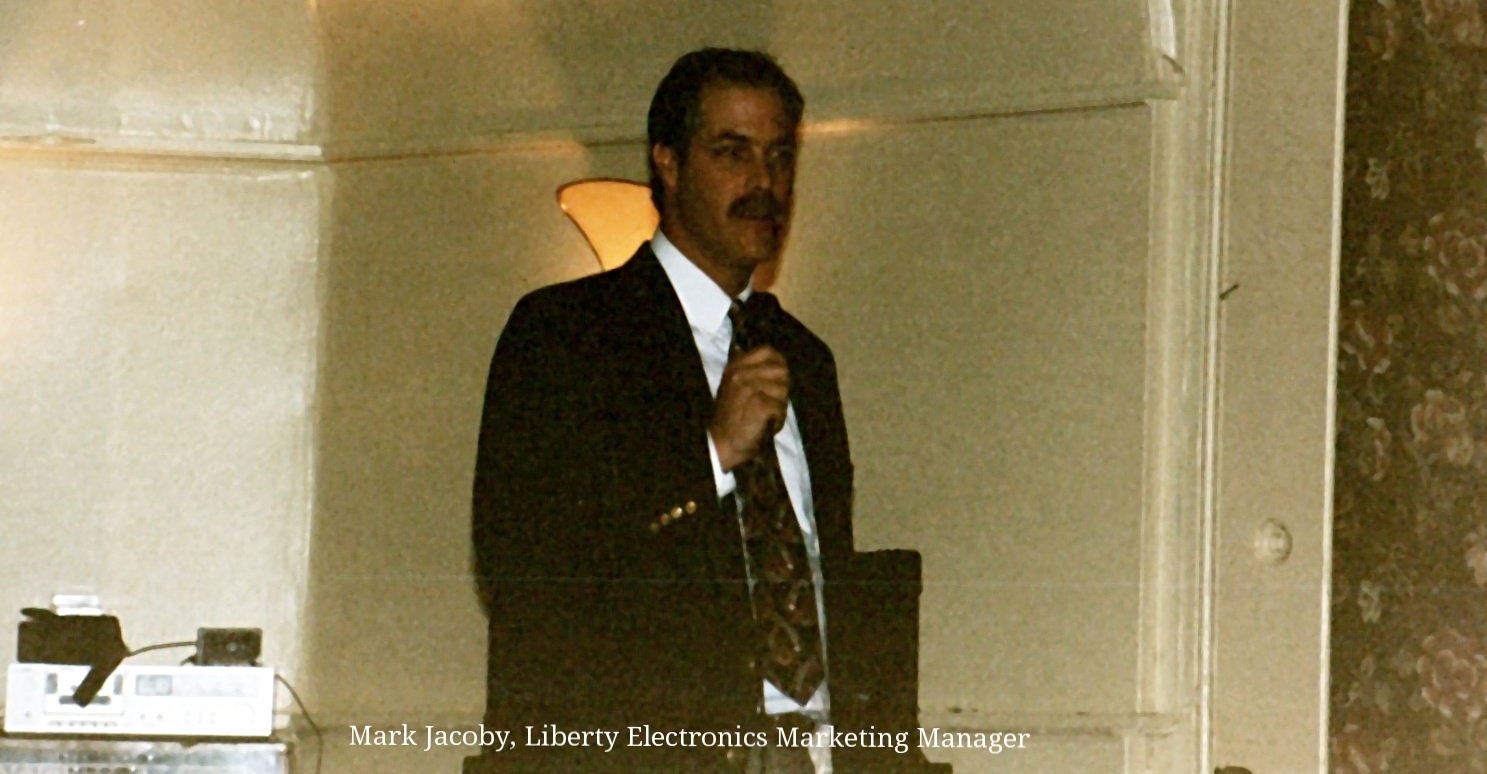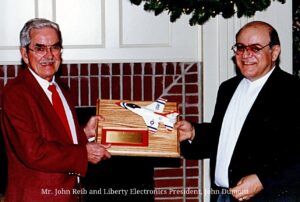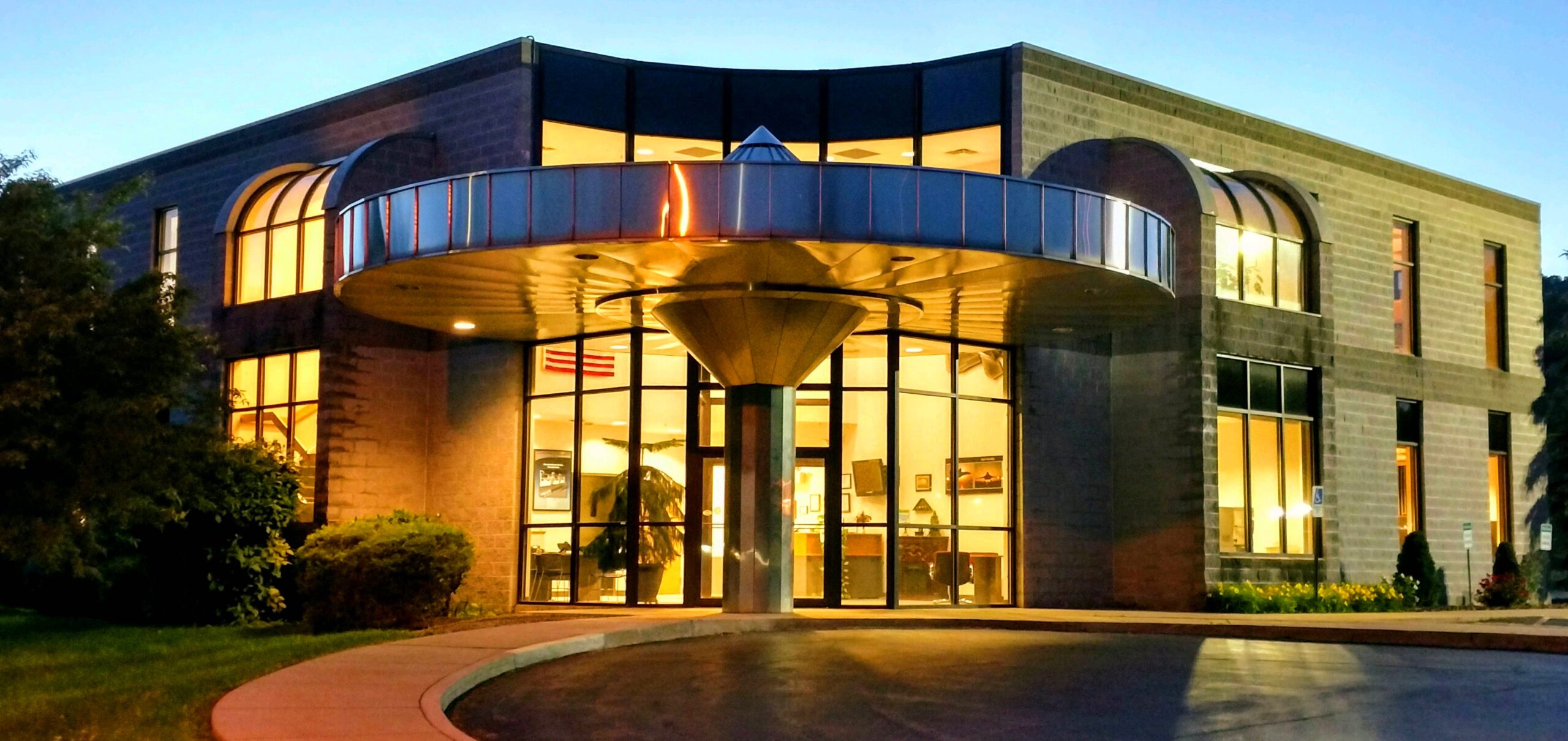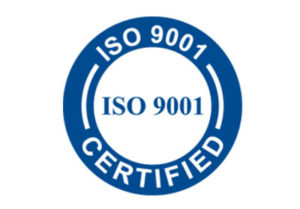

In the spring of 1986, Liberty Electronics could look back on a wildly successful year. Its founders had taken the company from a research project to a living, breathing corporation. The community of Franklin, Pennsylvania, rose to the occasion to make this innovative new enterprise welcome, through financial backing and filling production team roles. Work was underway on various military contracts, such as the Navy’s CANTASS Towed Sonar Array and ADCAP torpedo and the Army’s Chinook helicopter.
Given its no-nonsense work ethic and will to succeed, it is perhaps no surprise that Liberty prevailed when tough times greeted it the following year. By March 1987, production contracts were elusive and work on the assembly floor was temporarily halted. Numerous bids and proposals were sent out, but to no avail. Liberty’s stakeholders, however, were friends, neighbors, and co-workers. Its team refused to let them down. “It was all about community,” recalls Brian Barnett, Liberty’s vice president of manufacturing at the time.[i]


That dedication carried the day. Liberty won the LANTIRN bid, and within six months put the project to rights after delays and failure from two previous contractors had left it two years behind schedule.[iii] In June 1988, Liberty stood on firmer footing, with a new management team led by Dumot. Work on LANTIRN secured the company’s reputation in the aerospace industry as one of quality and trustworthiness. It was so influential that, in 1990, Liberty was awarded the U.S. Small Business Administration’s Award for Excellence, a high honor.[iv]
The LANTRIN program, along with the TADS-PNVS (Target Acquisition Designation System-Pilot Night Vision System) assemblies for the Apache helicopter, kept Liberty busy throughout the early 1990s. Both projects were crucial to the U.S. military during the First Gulf War (1990-1991), and used specifically against Iraqi tanks in response to Saddam Hussein’s invasion of Kuwait.[v] The work echoed later defense programs, such as the MRAP armored vehicle assemblies done for the U.S. Army during Operation Iraqi Freedom in 2002. In a county with ten percent of its population listed as veterans, the programs resonated with Liberty’s leadership and its workforce.[vi] These wiring harnesses and cable assemblies went into equipment used by their families and neighbors, and the production team came to be “regarded by the Department of Defense as one of, if not the finest, groups of specialized workers in the business.”[vii]
Successful in the military sector, Liberty soon branched out into commercial areas. Starting in 1994 with General Electric Transportation Systems assemblies, Liberty has now completed hundreds of high-reliability commercial contracts. With both military and commercial ventures, one thing remains constant, from the founding to the present day: Liberty’s work ethic and commitment to quality has built lasting relationships in the industry. Its contracts are based on the trust that “Liberty will get the job done, and done well.”[viii]
Liberty Electronics set itself apart from its very foundation, by focusing on innovative technology produced with integrity and hard work. No matter the circumstances, Liberty’s leadership and work force has practiced this ethos to the benefit of itself, its customers, and its community. At no time is this more evident in the company’s history than in its earliest days. In fair weather and foul, Liberty remained true to its character, and each year built on those traits with a spirit of determination. In the words of one of the founders, “Some people may believe it’s a question of guts or lack of brains, but I believe it’s the grand adventure. It’s going to work.”[ix] And so it has.
Read Part 1: Innovation – Read Part 2: Investment – Read Part 4: Moving Forward – Read Part 5: Full Circle

Notes:
[i] Brian Barnett (Programs Director, retired, Liberty Electronics), interview with author, 21 May 2018.
[ii] Mark Jacoby (Marketing Manager, Liberty Electronics), interview with author, 21 May 2018.
[iii] Ibid.
[iv] Tom Eldred, “Liberty Electronics’ time has come,” The News-Herald (Franklin, Pa.), 18 July 1991.
[v] Ibid.
[vi] U.S. Census Bureau, “Quick Facts: Venango County, Pennsylvania,” https://www.census.gov/quickfacts/fact/table/venangocountypennsylvania/PST045216, accessed 25 May 2018.
[vii] Eldred, “Liberty Electronics’ time has come.”
[viii] Mark Jacoby, interview with author.
[ix] Judith Etzel, “Native Son Finds Challenge Here,” The Derrick (Oil City, Pa.), 30 September 1985.




